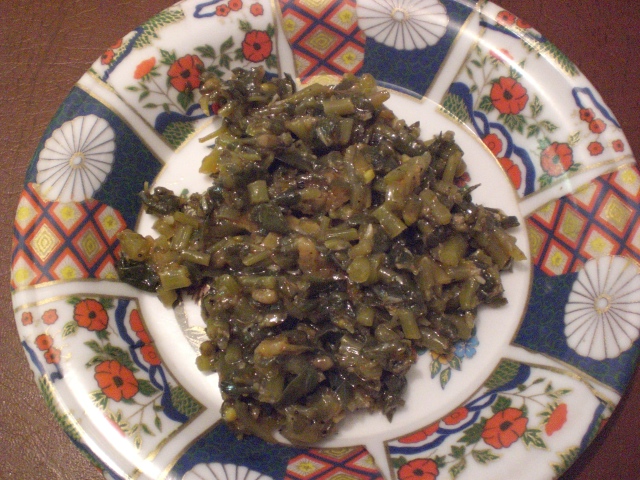Celebration is an important aspect of Moroccan culture. Morocco is an exciting and entertaining country that lays claim to cultural, historical and religious holidays and festivals. At any given point of the year there is a Moroccan city or Berber community hosting glorious festivities. Moroccan celebrations can last anywhere from a few days up to two weeks. The exception is Ramadan which lasts for thirty days. While Moroccans celebrate numerous Muslim and national festivals through the year, the dates for most of their religious festivals are based upon the lunar calendar. Therefore it is difficult to predict when religious holidays will fall within the western calendar utilized by most people in the world.
During Moroccan festivities, one can expect to encounter fasting, dancing and feasting – all depending on the type of holiday being celebrated. The Muslim festivals and religious holidays are traditionally observed by all Moroccans regardless of how long they last. They are also often observed by foreigners living in Morocco.
Some famous festivals are: the Almond Blossom Festival which marks the time when these trees bare their leaves in splendid shades of pinks and whites; the Festival of Roses in El Kelaa M’Gouna which gives way to thousands of blooming roses whose scents lingers all during the festival whereby the annual Ms. Roses is chosen; the Fes Festival of Sacred World Music, the Gnaoua Festival, the Timitar Festival of Agadir celebrating Amazigh (Berber) music and the Sufi Festival. Morocco’s leading festival that commands top attendance is The International Film Festival of Marrakech; for its attraction of film makers from around the world who flock to show their feature films and shorts. Every festival is an adventure and offers an opportunity to connect with locals to experience Moroccan culture. Moroccan festivals and celebrations are fascinating and immensely enjoyable therefore visiting during one of them can greatly enhance your trip to the country.











